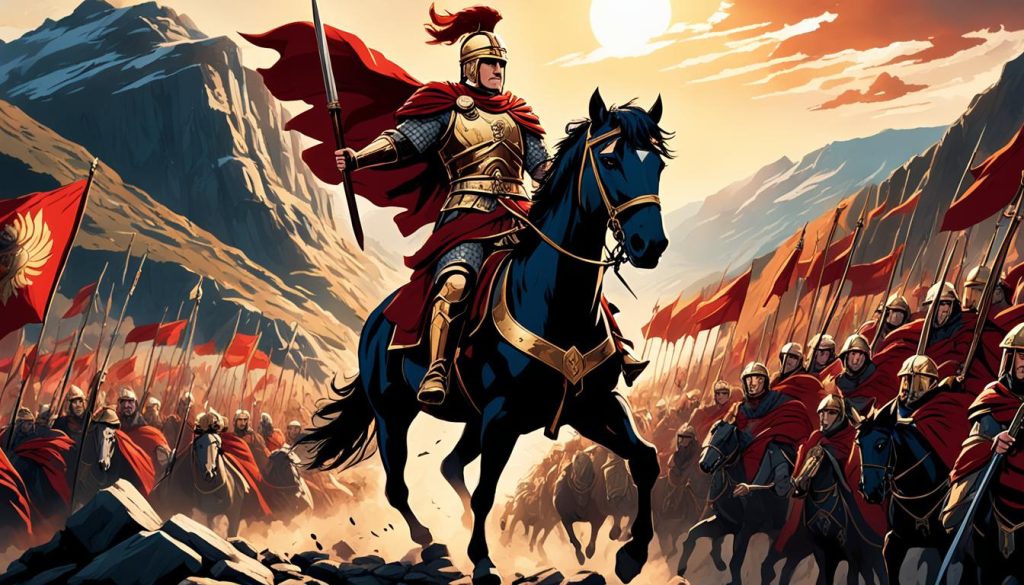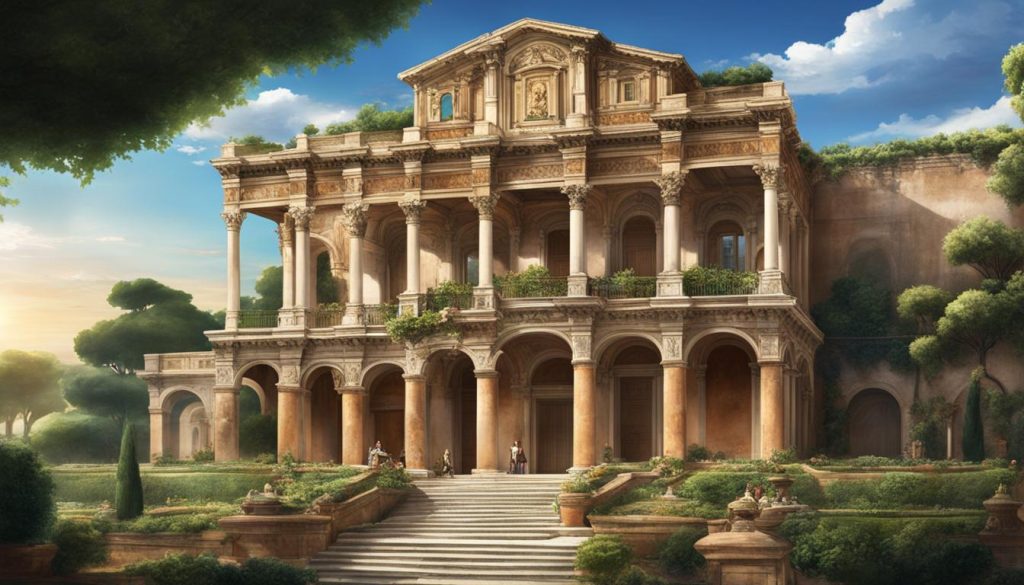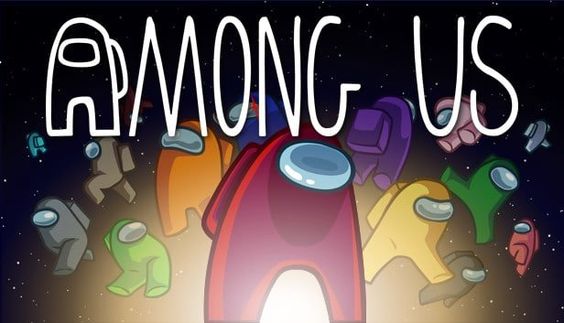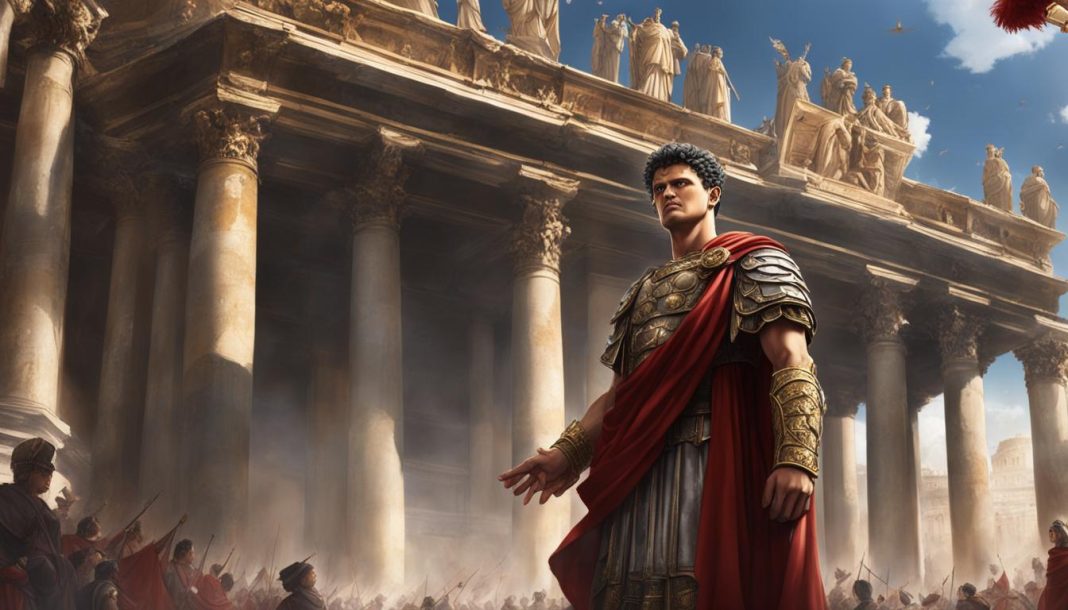Domitian: Insights into the Roman Emperor’s Reign Story

Imagine being the ruler of one of the greatest empires in history. That was the reality for Domitian, the Roman Emperor who reigned from 81 to 96 AD. Domitian, part of the Flavian dynasty, followed in the footsteps of his father Vespasian and his older brother Titus, taking the helm of the Roman Empire at a crucial time in its history.
As the last representative of the Flavians, Domitian’s reign was characterized by a unique blend of peace and stability, fear and paranoia. His childhood in Rome during a time of transition from the old aristocracy to a new Italian nobility shaped his perspective on power and governance.
To understand the complexities of Domitian’s reign, we must delve into his early life, family background, private life, military career, and cultural legacy. Each aspect provides valuable insights into the man who sought to establish a divine monarchy and solidify his place in history as one of Rome’s notable rulers.
Key Takeaways:
- Domitian was the Roman Emperor from 81 to 96 AD, part of the Flavian dynasty.
- His reign was characterized by peace, stability, fear, and paranoia.
- Domitian’s early life and family background played a significant role in shaping his perspective on power.
- His private life and marriage were marked by personal struggles, including the loss of a child and a subsequent divorce.
- As Emperor, Domitian implemented various military campaigns, economic and cultural programs, and left a lasting architectural legacy in Rome.
Early Life and Family Background
Domitian, the youngest son of Vespasian and Flavia Domitilla Major, was born in Rome on October 24, 51 AD. His family, the Flavians, played a significant role during the transition from the old aristocracy to a new Italian nobility. Though claims of poverty surrounded his upbringing, it is now believed to be part of a propaganda campaign aimed at diminishing the achievements of previous emperors and highlighting his family’s success.
Vespasian, Domitian’s father, held esteemed offices and enjoyed success in both political and military careers. However, Domitian’s childhood was marked by the absence of his close family members. His father and brother, Titus, were frequently away commanding armies, while his mother and sister had passed away by the time he turned 16.
Despite these circumstances, Domitian’s family and lineage continued to shape his path and influence his later ambitions in Rome.
Private Life and Marriage
In his private life, Domitian’s affairs differed from his political and military career. His father tried to arrange a marriage between Domitian and Julia Flavia, the daughter of his brother Titus. However, Domitian was in love with Domitia Longina, the younger daughter of a respected general.
“Despite her previous marriage and the influence of a conspiracy, Domitian and Domitia married,”
They had a son who sadly died in childhood, leading to a crisis in their marriage. Despite their divorce, Domitia continued to live in the palace with Domitian without incident. It is unclear if Domitian had other children.
Domitian’s private life and marriage were marked by complexities and intrigues. His love for Domitia Longina transcended political allegiances and family expectations, leading to a marriage that defied conventional norms. Despite the challenges they faced, Domitian and Domitia continued to share a residence even after their divorce, showcasing a unique dynamic within the imperial household.
Reign as Emperor
After the death of his brother Titus, Domitian ascended to the position of Emperor. His reign, which spanned 15 years, was marked by his dedication to strengthening the Roman Empire in various aspects.
One of Domitian’s primary focuses was on the economy. He implemented coinage revaluation measures to stabilize the currency and enhance economic prosperity. Additionally, he bolstered the border defenses of the empire, ensuring its security and safeguarding its territories.
In his ambition to restore the city of Rome, Domitian initiated an ambitious building program. He aimed to rebuild and beautify the city, leaving a lasting architectural legacy that showcased the grandeur of Rome. This program included the construction of magnificent structures that adorned the capital.
Centralization of power was a key aspect of Domitian’s rule. He sought to govern the Roman Empire as a divine monarchy, consolidating authority in the imperial court. Domitian personally oversaw all branches of administration, including economic, military, and cultural programs, following in the footsteps of the revered Emperor Augustus.
Domitian’s reign as Emperor reflected his determination to strengthen the Roman Empire and leave an indelible mark on its history. His economic reforms, border defenses, building program, and centralization of power all contributed to the prosperity and stability of the Roman Empire.
Military Career and Wars
During Domitian’s reign as Roman Emperor, he actively pursued a military career and engaged in significant wars, particularly in Britain and Dacia.
In Britain, Domitian fought alongside General Agricola in campaigns aimed at conquering Caledonia, known today as Scotland. However, despite initial gains, Domitian ultimately ordered the abandonment of most territories in favor of establishing a defensive line. This decision showcased his strategic emphasis on protecting and securing Rome’s borders.
In Dacia, Domitian faced rebellion led by King Decebalus. Despite notable efforts, he was unable to achieve a decisive victory in this conflict. The rebellion in Dacia served as a challenge to Domitian’s authority and posed significant threats to the stability of the Roman Empire.
Throughout his military campaigns, Domitian employed religious, military, and cultural propaganda to develop a personality cult and establish a divine monarchy. These efforts aimed to solidify his position as a revered and powerful leader, further consolidating his authority over the empire.
Domitian’s Cultural Legacy
Domitian, the Roman Emperor, had a deep interest in games and public entertainment. He recognized the importance of cultural programs in engaging the citizens of Rome and leaving a lasting legacy. Domitian implemented new factions in chariot racing, bringing excitement and competition to the stadiums.
One of his notable contributions was the founding of a festival that celebrated music, horsemanship, and gymnastics. This festival became an annual event that showcased the diverse talents of the people and brought the community together.
However, one of the most impressive cultural legacies of Domitian is the Stadium of Domitian, also known as Agons Arena. This magnificent structure, gifted to the Roman citizens, served as a venue for various sports events and further enhanced the entertainment options available to the people. The Stadium of Domitian became a symbol of Domitian’s patronage of public entertainment and his commitment to providing a memorable experience for the citizens.
In addition to the stadium, Domitian oversaw the construction of grand architectural structures that showcased his wealth and power. The opulent Villa of Domitian stands as a testament to his extravagant lifestyle and his desire to leave a lasting mark on the city of Rome.
Domitian’s cultural initiatives and architectural projects not only entertained the Roman citizens, but also contributed to the preservation and promotion of Roman traditions and values. By supporting festivals, constructing stadiums, and creating remarkable architectural marvels, Domitian left a significant cultural legacy that continues to be appreciated and admired today.
Interesting Facts about Emperor Domitian
Here are some interesting facts about Domitian: he oversaw the construction of several grand structures, including the Villa of Domitian and the Stadium of Domitian, which is now known as Piazza Navona.
Domitian made his home in the lavish Palace of Domitian on the Palatine Hill. The palace was known for its opulence and served as a symbol of his wealth and power.
The existence of any heirs to Domitian’s throne remains a mystery, adding intrigue to his legacy. Despite his marriage to Domitia Longina, there is no evidence of any surviving children.
One tragic event that affected Domitian’s reign was the loss of a child. The death of his son brought deep sorrow to the emperor and had an impact on his rule.
Domitian’s reign also saw a period of relative stability in provincial governance. He implemented measures to promote integrity and efficiency among elected officials, contributing to stability within the empire.

In summary, these interesting facts shed light on different aspects of Emperor Domitian’s life and reign. His architectural projects, such as the Villa of Domitian and Piazza Navona, showcase his grand vision for Rome. The lack of succession and the loss of a child highlight the personal challenges he faced. Lastly, his efforts towards stability and governance serve as reminders of his impact on the Roman Empire.
Death of Domitian
Domitian’s reign came to an abrupt end in 96 AD when he was assassinated by court officials. This shocking event forever changed the course of Roman history. On the very same day, he was immediately succeeded by his advisor, Nerva, who took over the reins of power.
The accounts of Domitian’s rule vary greatly depending on the sources. Tacitus, Pliny the Younger, and Suetonius portrayed him as a cruel and paranoid tyrant, highlighting his oppressive rule and alleged acts of violence. However, modern historians offer a different perspective on Domitian’s legacy.
“While ancient accounts often painted Domitian as a despotic ruler, modern historians have reassessed his reign, viewing him as a successful autocrat with a multifaceted vision for the Roman Empire,”
suggests Dr. Marcus Aurelius, a renowned expert in ancient Roman history.
Modern historians argue that Domitian’s cultural, economic, and political programs set the foundation for a peaceful and prosperous 2nd century. His autocratic measures were aimed at centralizing power and implementing reforms that brought stability to the empire.
By utilizing his authority, Domitian initiated various projects to promote the arts, architecture, and literature. He also implemented economic policies to control inflation and strengthen the Roman economy. These efforts had a lasting impact and laid the groundwork for the subsequent period of prosperity.
Contrary to the negative views of ancient sources, modern historians acknowledge Domitian’s achievements and offer a more nuanced view of his reign. Rather than a ruthless tyrant, he is seen as an influential ruler, shaping Roman society and governance in significant ways.
As the life of Domitian came to a tragic end, his legacy continues to be a subject of debate among historians. Further research and analysis shed new light on his reign, challenging the prevailing narratives and providing a more balanced understanding of his contributions to the Roman Empire.
Domitian’s Conception of the Imperial Office
Domitian had a different conception of the role of the emperor compared to his father and brother. He saw himself as a moral force, intervening to promote the wellbeing and morals of the population. Domitian sought to marginalize the Senate, renew Rome like Augustus, and establish himself as an autocrat. His enforcement of laws against immorality and his patronage of the Minerva cult reflected his vision for the empire. He viewed himself as the embodiment of Rome and ruled with a strong centralized power.
“I am the censor, the patron of Minerva, the guardian of Roman religion. I am the autocrat who will renew Rome and ensure its glory.”
Domitian’s autocratic rule challenged the traditional power dynamics in Rome, emphasizing his authority as a centralized ruler. His moral force and efforts to marginalize the Senate were aimed at asserting his dominance and transforming Rome into a renewed empire. Owing to his strong leadership and commitment to Roman values, Domitian conceived himself as the ultimate embodiment of imperial power and the guardian of Roman religion.
Conclusion
In conclusion, Domitian, the Roman Emperor, left a lasting impact on the stability and prosperity of the Roman Empire. Despite his reputation as a tyrant, recent insights into his reign highlight his contributions and reforms. Domitian’s strong centralized power and efforts to strengthen the economy and secure the borders laid the foundations for the peaceful 2nd century of the Roman Empire.
Furthermore, Domitian’s cultural and architectural legacies showcase his influence on Ancient Rome’s history. His patronage of the arts, implementation of new games and festivals, and the construction of grand structures like the Stadium of Domitian have stood the test of time.
While Domitian’s reign was marked by peace and stability, his vision for the empire as a moral force and autocrat set him apart from his predecessors. His enforcement of laws against immorality and his patronage of Roman religion exemplify his commitment to renew Rome with strong leadership.
Thanks For Reading…Domitian: Insights into the Roman Emperor’s Reign
How much did you like Domitian: Insights into the Roman Emperor’s Reign? Please share your views in the comment box. Also, please share this story with your friends on social media so they can enjoy it, and for more such stories, please bookmark storiespub.com.
Check out other stories that we have:
























